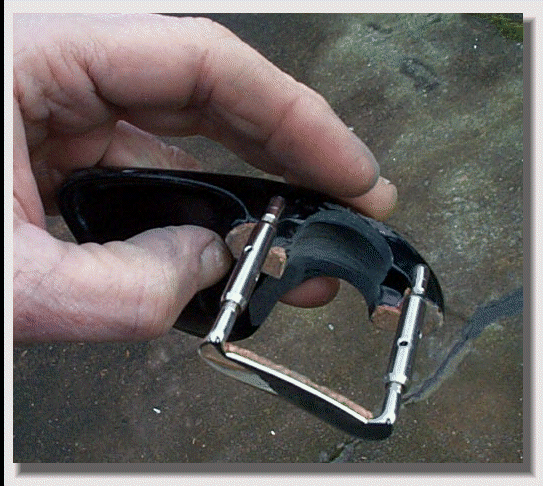Chin Rest acoustical adjustment...
(revised 11/2020)
Page AA_29
...Believe it or not, the acoustical adjustment of the chin rest can make a noticeable difference to the playability of a violin. If it is out of acoustical synchronization with the rest of the violin, it's presence on the violin will diminish the tone of the instrument. If properly tuned for the instrument, it will not have a negative tonal influence.
...We want the downward tap tone of the top surface of the chin rest to be evenly (227 1/2) HZ. The same as the Rib side tap tone.
...Check to see if the horizontal area of the chin rest, where your chin actually rests, has an even tap tone of (227 1/2) HZ. If it is too high, then sand material evenly from the bottom surface (or top surface) of this area until it matches the goal of (227 1/2) HZ. If it is too low, then sand or scrape material evenly from the edges of the horizontal area near-by, until it is raises the top tap tone to (227 1/2) HZ.
...I want to credit Pierre Leiba for his suggestion of the value of chin rest tuning. Pierre lives and works in the Bahamas and has done good work in helping solve some of the mysteries of better violin tone, and has been helpful to me also. Good work Pierre!


...Material from (underside/ top side) is sanded, scraped to lower the vertical tap tone of chin support surface directly above.
Sand or scrape material from thin edges of chin rest support surface to raise tap tone from the edge toward the center. We want the vertically downward tap tone of the chin rest, all over the chin contact area, to be (227 1/2) HZ, same as the Ribs.




